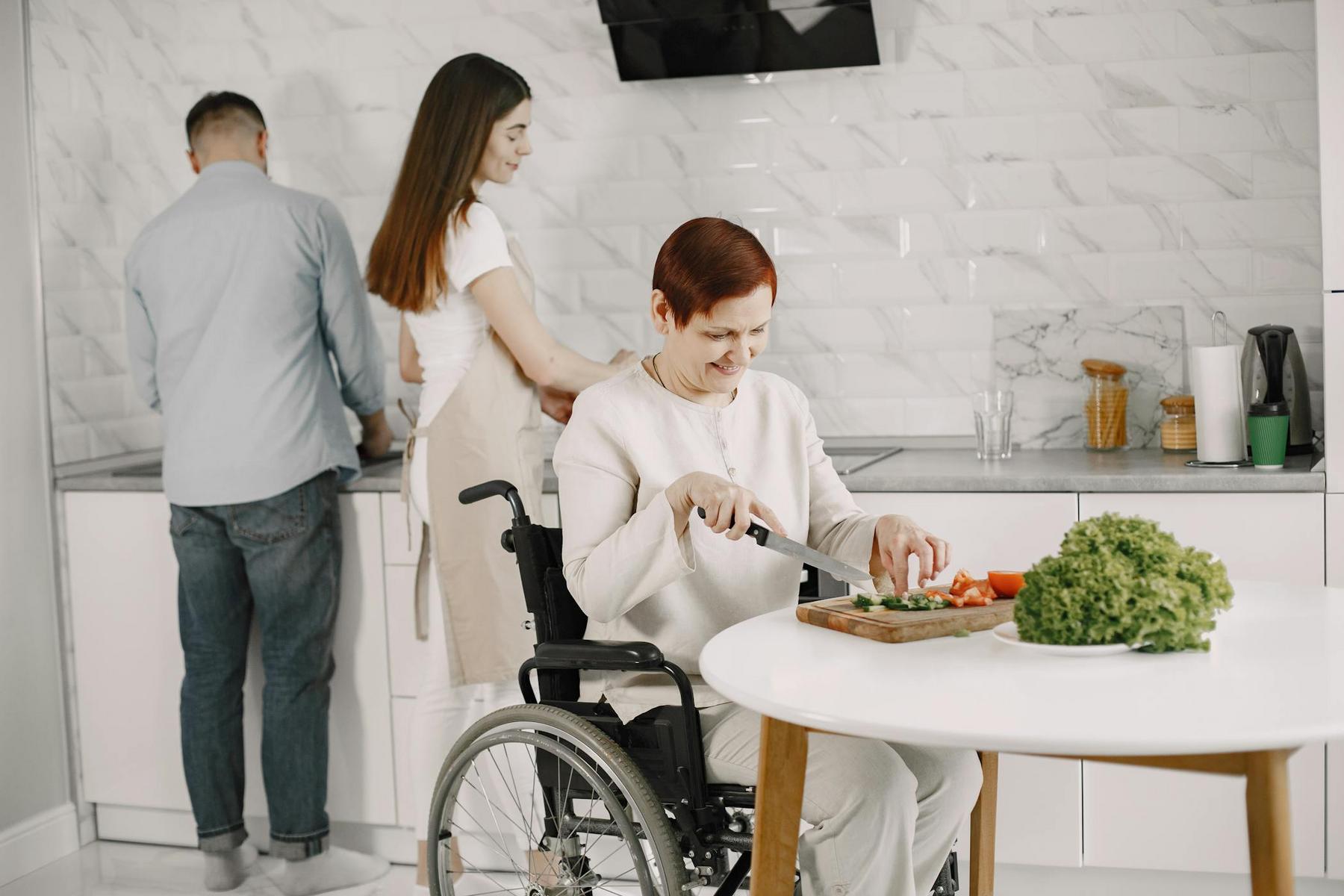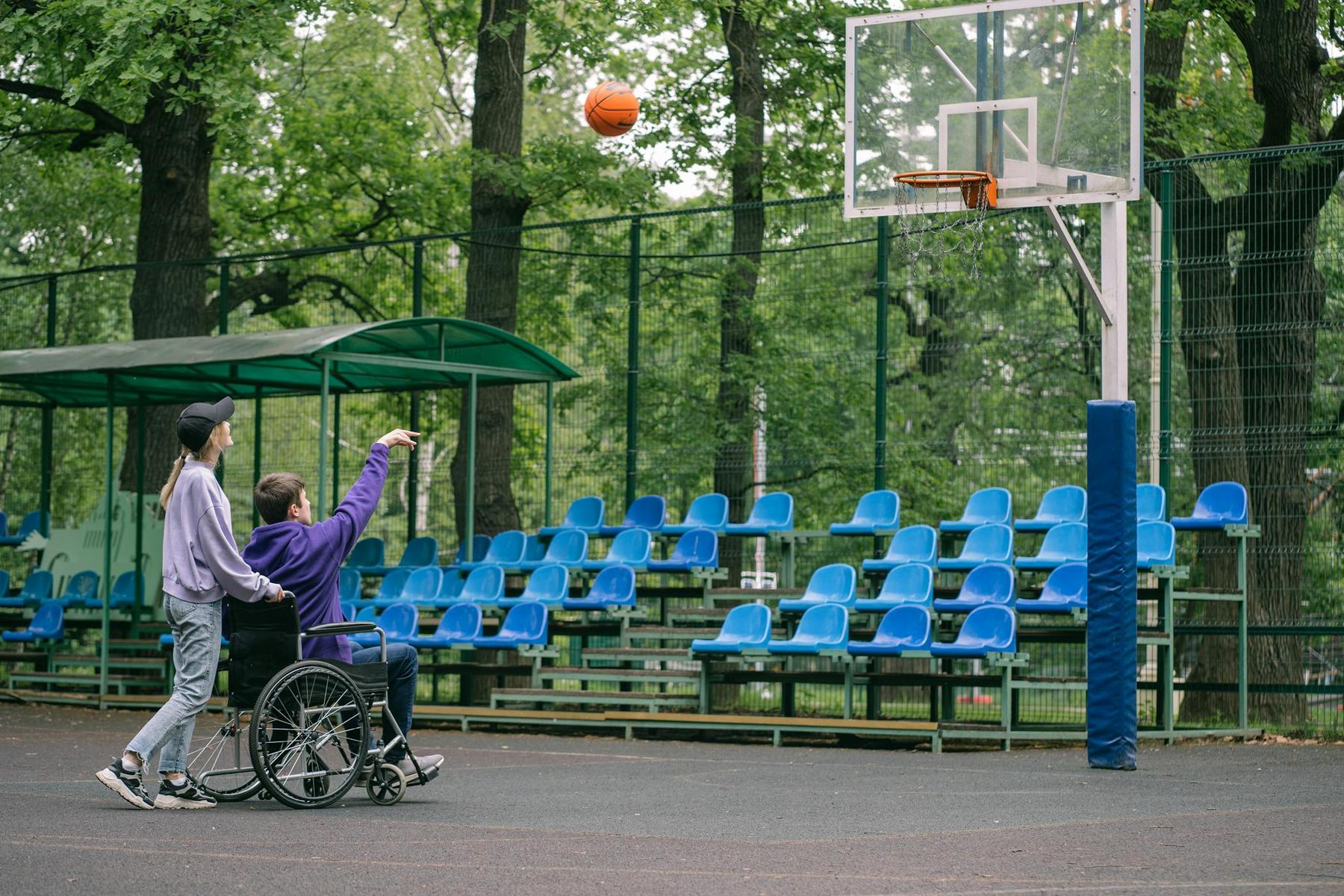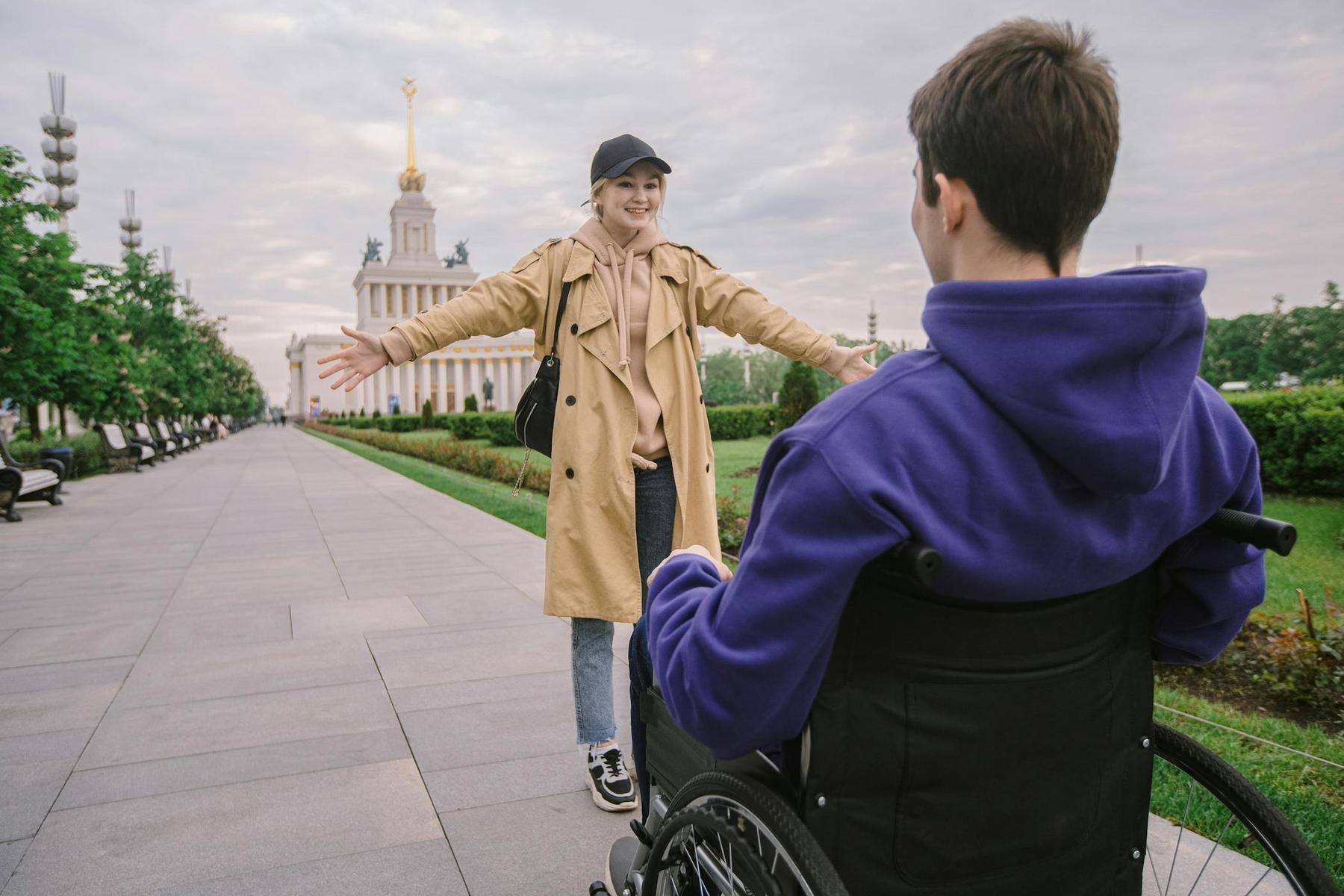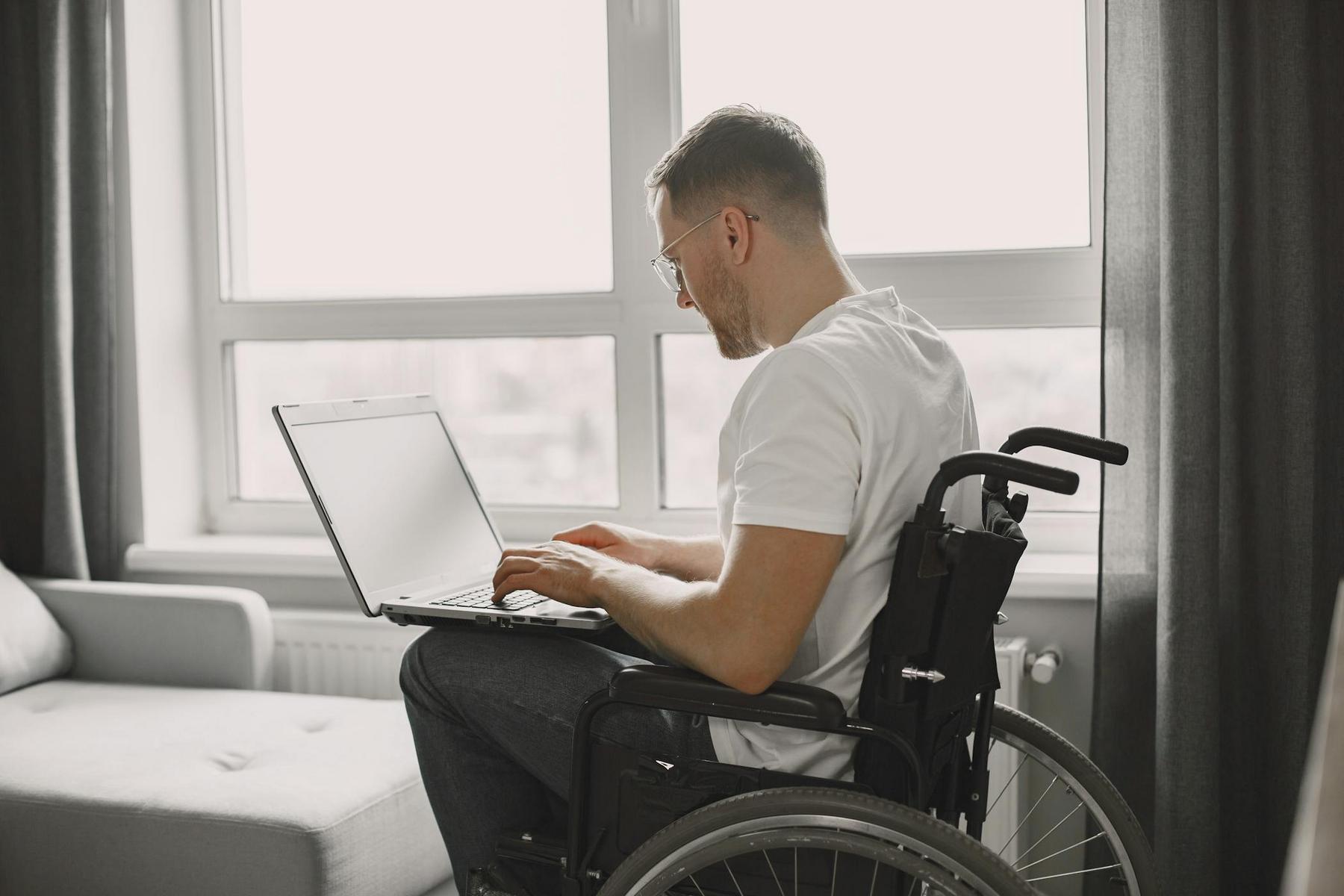Creating an accessible home environment shouldn’t feel overwhelming or impossible. Whether you’re planning modifications for yourself, a family member, or preparing your home for future needs, every Australian deserves to live safely and independently in their own space. In Cairns, where our tropical climate and unique housing styles present both opportunities and challenges, understanding how to create an accessible home environment becomes even more crucial.
What Makes a Home Truly Accessible in Today’s Australia?
Understanding accessibility goes far beyond installing a ramp or grab rail. An accessible home environment integrates seamlessly with daily life, enabling everyone to move safely and confidently through their living spaces. Australia’s accessibility framework, anchored by the National Construction Code 2022 and AS 1428 standards, provides clear guidelines that benefit not just people with disabilities, but families with young children, ageing relatives, and anyone recovering from injury.
The Livable Housing Design Standard (LHDS), implemented in October 2023, now mandates specific features in new constructions: step-free entries, 850mm-wide internal doorways, and reinforced bathroom walls for future grab rail installation. These requirements represent a fundamental shift towards universal design—spaces that work for everyone, regardless of physical ability.
For existing homes in Cairns, the tropical climate offers unique advantages. Our typically single-storey Queenslander homes often feature wide verandas and elevated designs that can be adapted more easily than multi-storey dwellings. However, the traditional steps and varying floor levels common in these heritage styles require thoughtful modification strategies.
Evidence shows that homes incorporating accessible features reduce carer-assisted daily activities by 68% and lower hospitalisation rates from falls by 57%. These statistics aren’t just numbers—they represent real people maintaining their independence and families experiencing less stress and worry.
How Should You Approach Entrances and External Access?
Your home’s entrance sets the tone for accessibility throughout the entire property. Creating a welcoming, safe entry point requires eliminating level changes wherever possible. The LHDS mandates at least one step-free entry, achievable through ramps with gradients no steeper than 1:14 and minimum widths of 1000mm.
For Cairns homes, where traditional elevated designs are common, aluminium ramps with non-slip surfaces provide weather-resistant solutions. These ramps must incorporate dual handrails at heights between 700-900mm, with 50mm clearance from walls for proper grip. The tropical environment demands materials that withstand humidity and heavy rainfall without becoming slippery or degraded.
Doorway modifications focus on achieving 850-900mm clear openings. Offset hinges can widen existing doorframes without major reconstruction, while sliding door systems maximise available space. Lever-style handles reduce the grip strength required compared to traditional knobs, and sidelight windows enhance security visibility for seated users.
Pathways leading to entrances should maintain 1000mm widths with maximum gradients of 1:40. In our tropical setting, textured concrete or ribbed surfaces prevent slipping during Cairns’ intense wet season downpours. Contrast-edged surfaces aid navigation for people with low vision, particularly important during our dramatic weather changes between bright sunshine and sudden storms.
Which Living Area Modifications Create the Greatest Impact?
Living spaces demand generous circulation zones that accommodate wheelchairs, walking frames, and mobility aids. Australian Standard AS 4299-1995 requires 2250mm diameter turning spaces, best achieved through open-plan layouts that maximise floor area while maintaining distinct functional zones.
Interior doorways throughout living areas should meet the 850mm LHDS minimum, with pocket doors offering space-saving solutions where traditional swing doors create obstacles. Flooring selections must prioritise slip resistance, particularly crucial in Cairns’ humid conditions where surfaces can become unexpectedly slippery. AS 4586-rated tiles or vinyl with wet pendulum test values ≥0.4 prevent falls while maintaining easy cleaning.
Lighting design requires particular attention in our tropical environment, where natural light varies dramatically throughout the day. General illumination of at least 80 lux from LED ceiling fixtures should combine with task lighting for reading areas. Motion-activated systems benefit users with limited mobility, automatically illuminating pathways during our early tropical sunsets.
Power outlets positioned at 500-600mm heights eliminate dangerous overreaching, while smart home interfaces enable voice-controlled adjustments to lighting, temperature, and security systems. These technologies prove especially valuable during Cairns’ extreme weather events when easy environmental control becomes essential for comfort and safety.
| Room | Key Measurement | NDIS Funding Category | Typical Cost Range |
|---|---|---|---|
| Entrance | 850mm doorway width | Category A/B | $500-$2,000 |
| Living Area | 2250mm turning circle | Category B | $1,000-$5,000 |
| Kitchen | 750mm bench clearance | Category B | $3,000-$15,000 |
| Bathroom | 1200x1200mm shower | Category C | $8,000-$25,000 |
| Bedroom | 1500mm bed clearance | Category A/B | $800-$3,000 |
| Laundry | 1500mm turning space | Category B | $1,500-$8,000 |
How Can Kitchen Modifications Transform Daily Independence?
Kitchen accessibility centres on adjustable ergonomics that accommodate diverse physical needs. Bench heights should be configurable between 750-850mm, with under-sink knee spaces providing 750mm clearance for seated users. This flexibility proves essential in multi-generational households where family members have varying physical requirements.
Pull-out shelving systems and carousel pantries ensure storage accessibility without dangerous bending or overreaching. D-shaped cabinet handles require minimal grip strength compared to traditional knobs, while soft-close mechanisms prevent slamming and reduce injury risks. These modifications prove particularly valuable during Cairns’ intense humidity, when arthritis and joint stiffness often worsen.
Appliance selection prioritises safety and accessibility. Front-control cooktops allow seated users to operate burners safely, while side-hinged ovens eliminate the need to reach over hot surfaces. Dishwashers raised on 300mm plinths reduce bending, and induction cooktops provide precise temperature control while minimising burn risks.
Safety protocols become crucial in our tropical climate. Thermostatic taps prevent scalding—especially important when water temperatures can vary dramatically in Cairns’ extreme weather. Angled mirror panels provide seated visibility, while contrasting countertop-edge strips help users with low vision distinguish surfaces clearly.
Research shows that 92% of users report increased cooking independence after these adaptations, significantly reducing carer reliance and enhancing quality of life. For NDIS participants, minor modifications like lowered benches often qualify for Category B funding up to $20,000, while complex renovations require occupational therapist assessments.
What Bathroom Features Ensure Safety and Dignity?
Bathroom accessibility centres on eliminating wet area hazards while maintaining privacy and dignity. Walk-in showers must eliminate steps completely, incorporating fold-down seats and handheld shower heads positioned at maximum 1200mm heights. AS 1428.1-2009 dictates minimum shower dimensions of 1200x1200mm with 1500mm clearance zones for wheelchair access.
Reinforced walls enable grab rail placement at optimal 700-900mm heights beside toilets and showers. These supports must withstand significant weight loads while blending aesthetically with bathroom design. Non-slip flooring remains non-negotiable: AS 4586 Class T tiles or vinyl achieve optimal slip resistance, crucial during Cairns’ humid conditions where surfaces stay damp longer.
Toilet accessibility requires 450-500mm seat heights—approximately 100mm higher than standard fixtures—with adjacent support rails and lever-flush mechanisms. Basins need open underspaces accommodating wheelchairs, with lever taps positioned within 300mm of bench fronts for easy reach.
Thermostatic mixing valves (TMVs) maintain water temperatures below 50°C, preventing scalding accidents. In Cairns’ climate, where solar hot water systems can produce dangerously hot water, these safety devices prove essential for vulnerable users.
How Do Smart Technologies Enhance Accessible Living?
Modern technology transforms accessible living from basic functionality to sophisticated independence. Voice-controlled systems manage lighting, security, and entertainment through platforms like Google Home, reducing physical exertion while increasing safety. Environmental controllers automate blinds and thermostats, particularly valuable during Cairns’ intense weather changes.
Smart home integration proves especially beneficial for emergency situations. Wearable alert devices connect to monitoring services, while automated lighting systems illuminate pathways during power outages—common during tropical storm seasons. Motion sensors can detect falls and alert carers or emergency services automatically.
The NDIS categorises these technologies as “Home Automation” under complex modifications when prescribed by occupational therapists. While initial costs may seem high, the long-term benefits include reduced carer requirements and enhanced safety, particularly crucial for people living independently in Cairns’ isolated tropical environment.
Moving Forward: Your Accessible Home Journey Begins Here
Creating an accessible home environment requires patience, planning, and professional guidance, but the rewards—independence, safety, and dignity—make every effort worthwhile. Australia’s evolving accessibility standards, combined with NDIS funding pathways, make these essential modifications more achievable than ever before.
Remember that accessibility isn’t a destination but a journey. Your needs may change over time, and your home should adapt accordingly. Starting with basic modifications and building upon them creates a foundation for lifelong independence and safety.
The evidence is clear: accessible homes reduce falls by 42%, decrease carer dependency by 68%, and enhance quality of life immeasurably. In Cairns’ unique tropical environment, these modifications must account for our climate challenges while embracing the opportunities our lifestyle provides.
What NDIS funding is available for home modifications in Cairns?
NDIS provides three funding categories: Simple Adaptations (grab rails, ramps), Minor Modifications (under $20,000 including lever taps, raised toilet seats), and Complex Home Modifications (bathroom reconstructions, structural changes). Eligibility is determined through occupational therapist assessments based on ‘reasonable and necessary’ criteria.
How do Cairns’ building regulations affect home accessibility modifications?
Queensland’s building regulations incorporate the Livable Housing Design Standard for new constructions, requiring step-free entries and 850mm doorways. Existing homes, particularly heritage Queenslanders, may qualify for certain exemptions but can still receive NDIS funding for retrofits that enhance accessibility without compromising structural integrity.
Which accessibility modifications provide the best return on investment?
Bathroom modifications typically offer the highest safety impact by reducing fall risks, while kitchen adaptations significantly increase daily living independence. Entrance modifications also enhance daily access and may improve property value in an aging-in-place market.
How long do accessibility modifications typically take to complete?
Simple modifications like grab rails and lever handles can be completed within days. Minor modifications, including raised toilet seats and shower seats, typically require 1-2 weeks, whereas complex modifications such as bathroom reconstructions may take 4-8 weeks depending on structural requirements and NDIS approval processes.
Can accessibility modifications be reversed if needs change?
Many modifications are designed to be adaptable rather than permanent. Removable ramps, adjustable-height benches, and portable bathroom aids can be relocated or removed as needs evolve. However, structural changes like reinforced walls for grab rails offer long-term benefits without compromising flexibility.



